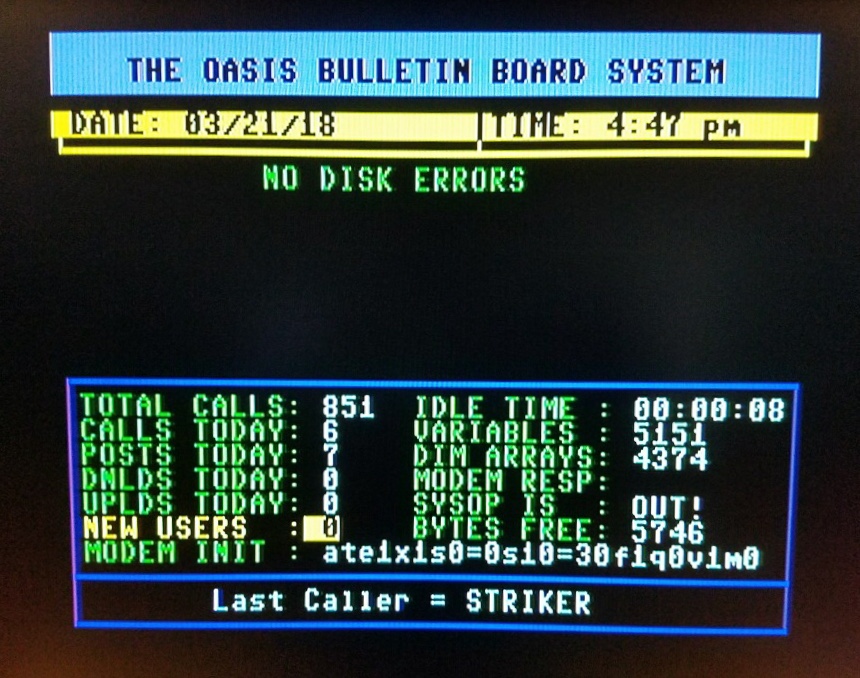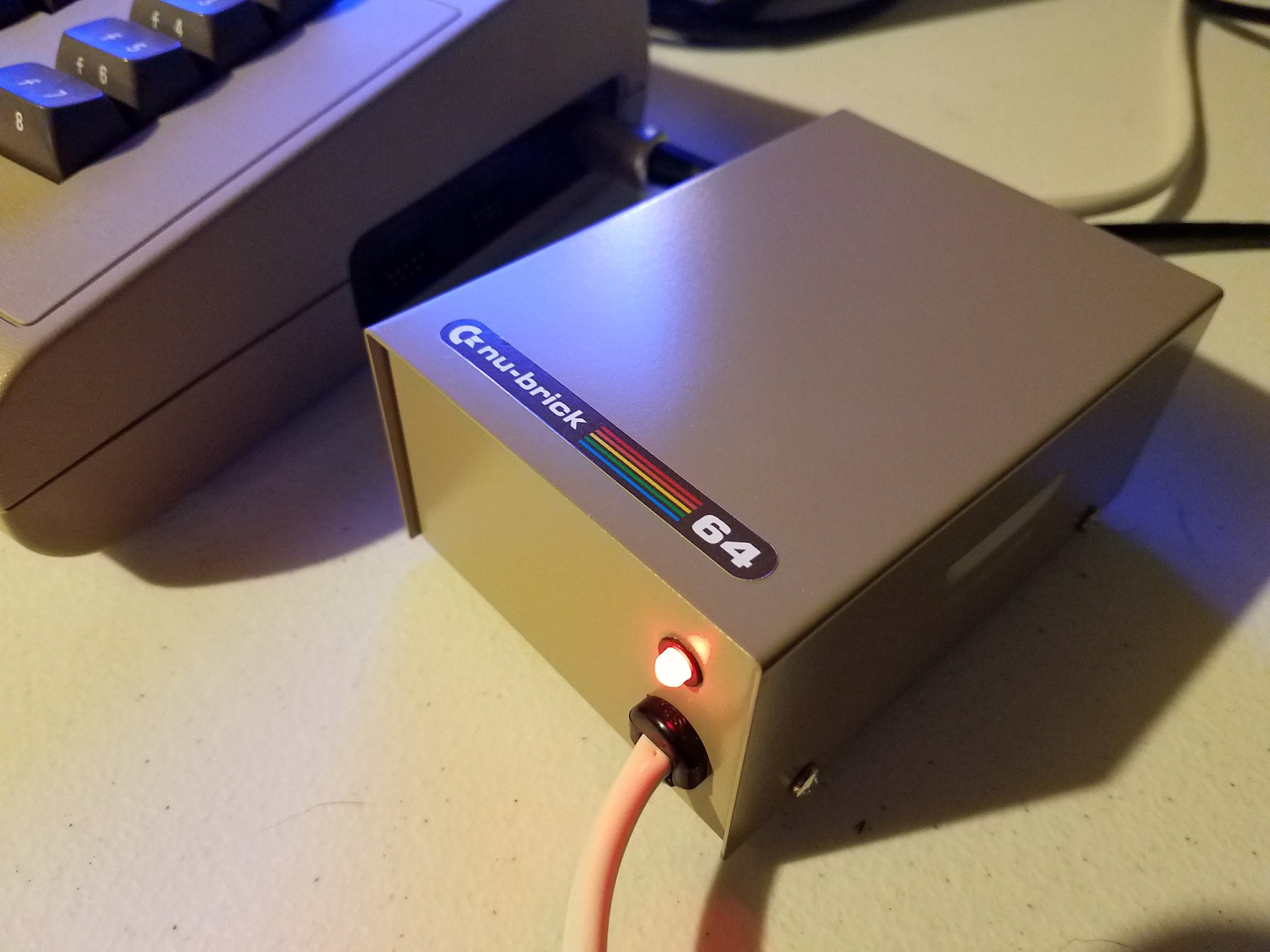In this in-depth video from Retronaut, Chris walks through a full CD32 recap repair, starting with the motivation behind acquiring two Amiga CD32 consoles—one from a friend, Lee, and another as a backup. The goal? Restore one, learn from it, and then safely service the other.
While Lee’s CD32 appeared to be in excellent shape—plastic film still on the case—there were signs of leaking capacitors. The host dives into an assessment and cleaning process before jumping into recapping, highlighting both potential damage and preservation efforts.
Diagnosing and Prepping the CD32s
The CD32 recap repair begins with careful disassembly of both units. One machine boots but struggles with graphics and sound, likely due to capacitor degradation. The second machine is completely unresponsive—power LED on, but no CD-ROM activity or video output.
Instead of blindly swapping caps, the host emphasizes smart precautions: using low-temp solder, comparing boards, and testing power delivery. This careful approach lays the groundwork for a successful restoration.
Recapping, Testing, and a Surprise Fix
Armed with tools like ChipQuik, ESR-free solder braid, and two irons, the host begins work on his own CD32. Through detailed narration and clear visuals, he showcases multiple techniques—from tweezer lifts to the dreaded “snip-and-rip” that accidentally removes a pad. Luckily, the board offers through-hole alternatives, turning a near disaster into a clever save.
After a full recap, the formerly dead CD32 boots perfectly—even plays The Chaos Engine with full audio and video. The previously dismissed “caps don’t matter” notion? Flatly debunked.
Wrapping Up, Preparing for Lee’s Machine
With one success locked in, Lee’s CD32 is up next. It already works, but will benefit from the same treatment to prevent future failure. The host pauses here, promising a dedicated second video focused solely on Lee’s unit.
The recap process proves transformative—not just for the hardware, but for the viewer’s understanding of Amiga hardware preservation. It’s a strong reminder that with patience and the right tools, even aging tech can be revived.







